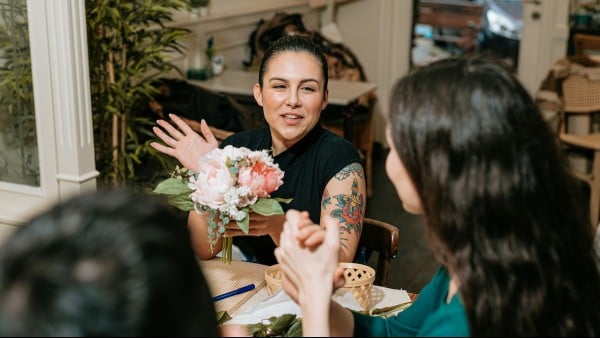How To Say ‘Yes’ And ‘No’ In 18 Languages
One of the first things you should learn when starting a new language is how to say yes and no. They’re two simple words that you’re going to need to use quite a bit. It may seem like a simple thing, but learning these phrases across as many languages as possible is probably a pretty good idea. You never know when you’ll run into a situation where one of these simple terms can help a great deal — where you’ll want to say yes in Spanish to an opportunity that comes your way or to say no in German to those you can’t manage.
We should mention there’s more than one way to say yes and no in each language. You could say yes in French in a few different ways, for example: oui, bien sûr, d’accord and so on. Or, even closer to home, you can look at just a few of the many options in English.
@babbel How many different ways can you say yes in English without actually saying yes? Drop some more nonsensical English in the comments #learnenglish #englishgrammar #etymology #nerdy #englishfacts #learningenglish #englishteacher #learnenglishonline #bilingual #polyglot #multilingual #babbel
original sound – Babbel
That said, we’re starting you off with a guide to the simplest ways to say “yes” and “no” in 18 different languages, with recordings to introduce you to the pronunciation for each.
How To Pronounce ‘Yes’ And ‘No’ In 18 Languages
Yes In Other Languages
- Yes In German — Ja
- Yes In Spanish — Sí
- Yes In French — Oui
- Yes In Italian — Si
- Yes In Portuguese — Sim
- Yes In Swedish — Ja
- Yes In Turkish — Evet
- Yes In Polish — Tak
- Yes In Indonesian — Ya
- Yes In Russian — да (Da)
- Yes In Chinese (Mandarin) — 是 (Shì)
- Yes In Japanese — はい (Hai)
- Yes In Korean — 네 (Ne)
- Yes In Arabic — نعم (Na’am)
- Yes In Hindi — हाँ (Haan)
- Yes In Dutch — Ja
- Yes In Danish — Ja
- Yes In Norwegian — Ja
No In Other Languages
- No In German — Nein
- No In Spanish — No
- No In French — Non
- No In Italian — No
- No In Portuguese — Não
- No In Swedish — Nej
- No In Turkish — Hayır
- No In Polish — Nie
- No In Indonesian — Tidak
- No In Russian — нет (Nyet)
- No In Chinese (Mandarin) — 不 (Bù)
- No In Japanese — いいえ (Iie)
- No In Korean — 아니요 (Aniyo)
- No In Arabic — لا (Lā)
- No In Hindi — नहीं (Nahin)
- No In Dutch — Nee
- No In Danish — Nej
- No In Norwegian — Nei





